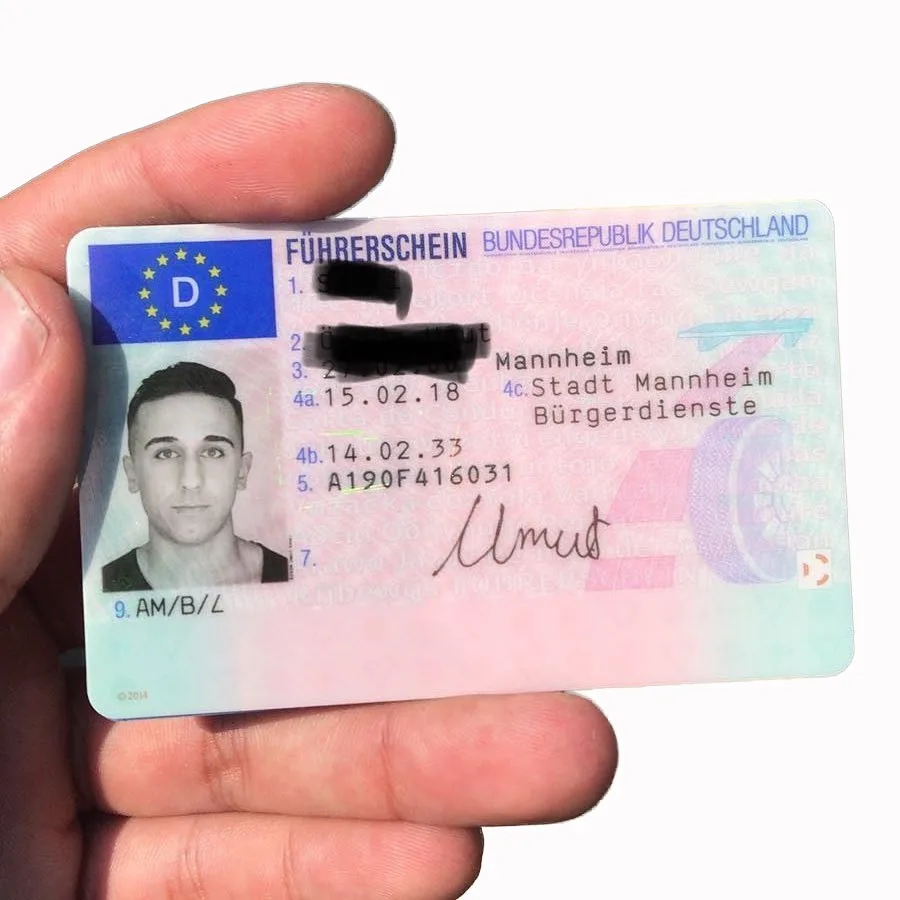A Complete Guide to Obtaining a Driving License Legally
Driving is a necessary skill that opens up a world of opportunities and self-reliance. Whether for commuting to work, running errands, or embarking on roadway journeys, having a valid driving license is crucial. However, the process of acquiring one can be overwhelming, specifically for newbie drivers. In this guide, we will walk you through the needed actions to legally acquire a driving license, guaranteeing you abide by the guidelines and policies of your regional jurisdiction.
1. Comprehend the Licensing Requirements
Before you begin the procedure, it is important to acquaint yourself with the licensing requirements in your state or nation, as these can vary significantly. Generally, the basic requirements include:
Age: Most places need you to be at least 16 or 18 years old to obtain a learner's authorization or a complete driving license.
Identification: You will require to offer valid recognition, such as a birth certificate or passport.
Residency: Proof of residency in the state or country where you are applying is typically required.
Health and Vision Tests: Some jurisdictions require a health or vision test to ensure you are in shape to drive.
2. Acquire a Learner's Permit
For first-time motorists, the primary step in the licensing procedure is usually getting a learner's authorization. This permits you to practice driving under particular restrictions, typically with a certified adult in the car. Here's how to obtain one:
Complete an Application: Fill out the necessary types either online or at a local Department of Motor Vehicles (DMV) or equivalent authority.
Pass the Knowledge Test: Most jurisdictions require you to take a written exam on traffic laws, road signs, and safe driving practices.
Pay the Fee: A charge is typically required for processing your application and issuing the learner's authorization.
Get Your Permit: Once you've satisfied all requirements, you'll receive your student's license, allowing you to start practicing.
3. Practice Driving
With your learner's permit in hand, it's time to practice driving. Here are some tips for taking advantage of this time:
Supervised Driving: Always drive with a qualified grownup who holds a valid driving license. Their assistance will be vital.
Log Your Hours: Many jurisdictions need a minimum variety of driving hours with a learner's license. Keeping a log can assist you track your development.
Discover Defensive Driving: Focus on developing protective driving skills, recognizing road dangers, and making safe driving decisions.
4. Complete Driver Education (if needed).
Some states or nations require brand-new chauffeurs, particularly those under 18, to finish a driver education course. This may include:.
Classroom Instruction: Learning about road guidelines, traffic signs, driving security, and car operations.

Behind-the-Wheel Training: Gaining experience driving with a trainer who can offer feedback on your skills.
5. Take the Road Test.
After you've practiced adequately and finished any needed driver education:.
Schedule a Road Test: Contact your local DMV or licensing authority to schedule the driving test.
Prepare Your Vehicle: You'll need to provide a safe, functioning car for the test. Guarantee it satisfies all safety requirements.
Show up on Time: Get to the testing site early, with your student's permit and any needed documents.
Pass the Road Test: During the test, an inspector will examine your driving abilities. Concentrate on following autoführerschein erwerben , utilizing turn signals, and performing maneuvers securely.
6. Acquire Your Full Driving License.
As soon as you pass the road test, you're a step better to having your full driving license:.
Pay the License Fee: A cost is normally required to issue your complete license.
Submit Documentation: Provide any needed paperwork, like proof of residency and recognition.
Get Your License: After processing, you'll either get your license immediately or it will be mailed to you.
7. Stay Informed and Safe.
Obtaining your driving license is simply the start. Here are some last ideas for responsible driving:.
Know the Rules: Stay upgraded on local traffic laws and policies.
Practice Defensive Driving: Always remain alert and prepared for unforeseen circumstances on the roadway.
Prevent Distractions: Keep your focus on driving, avoiding distractions such as cellphones or loud music.
Renew When Necessary: Be mindful of your license's expiration date and renew it in a timely way.
Conclusion.
Acquiring a driving license legally needs understanding the process, fulfilling necessary requirements, and practicing safe driving practices. By following these actions, you can navigate the path to becoming a licensed driver with confidence and duty. Keep in mind, driving is not simply a privilege; it's a responsibility that needs ongoing dedication to security and awareness on the road. Drive securely!
